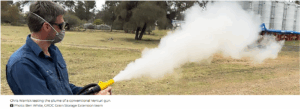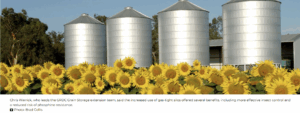
Bunker Storage – Information Resources
The stored grain extension team have put together some key resources on setting up and storing grain in bunkers. Rather than re-invent the wheel, useful information resources from commercial suppliers of bunker tarps and equipment has been included.








